Recorded October 5, 2021
Click here to view the other panels from this series.
Print version of the content below available here.
Speakers:
- Sandra Adomatis, Incoming Vice President, Appraisal Institute
- David Edsey, Climate Director, Zurich North America
- Adrian Washington, Founder, Neighborhood Development Company
- Sonja Wells, Chief Lending Officer, CityFirst Bank
The Hub and Clark Construction Group recently hosted a conversation on the role building development plays in energy use and carbon emissions, the third event in the series, “What Will It Take? The Path to 2050 And Carbon-Free Buildings”. Theresa Backhus of the Building Innovation Hub set the stage explaining the need to think beyond compliance to leverage buildings as a tool for climate action, but that there is a challenge of segmentation within the building industry. Fernando Arias, from Clark Construction, moderated the discussion. The robust and insightful discussion is worth watching in its entirety, but here are five of the key takeaways:
1. Government needs to regulate and incentivize action to send signals to the market and drive behavior change.
Adrian Washington of the Neighborhood Development Company argued that government needs to step in because climate pollution is an externality that the market is not accounting for, and therefore incentives are necessary to motivate people to make investments in building performance. David Edsey of Zurich North America agreed and said that government support allows markets to mature and plays a critical role in researching new materials, such as carbon-intensive concrete and steel.
2. People need to understand the benefits of high-performing buildings to be willing to pay more for them
Sandra Adomatis from the Appraisal Institute said there’s a misconception that appraisers add value versus representing market value. She asserted that people don’t always think about the total costs of buildings, which include things like climate risk and potential noncompliance with future carbon legislation. Washington pointed out that consumers are still attached to older technologies, particularly gas appliances, which can make it difficult to get a better price for fully-electrified properties.
One challenge on the development side is that the industry puts more emphasis on “first costs,” because they are more certain, and less value on long-term operating costs, which are where the economic benefits of better building performance improvements are recognized. Sonja Wells from CityFirst Bank explained that this makes it difficult for banks to achieve the desired loan-to-value ratio, which is only improved by either higher valuation or by lower costs.
3. We need more disclosure of carbon emissions, both operating and embodied, and to communicate why they matter.
Edsey said that many companies haven’t yet made emission reduction commitments, but that they are necessary to address the urgency of climate change, and they should include both embodied and operational carbon. Changing course means addressing new building materials as well as the operating efficiency of existing buildings. However, there needs to be a more standardized way of disclosing the embodied carbon in materials and whole buildings.
4. We need to preserve green value for the long term to make sure information transfers with the property.
There’s no standard for how building performance information is stored, so once a building has been sold to a new owner, details about solar system capacity or other sustainable building improvements can be lost. Adomatis said we need a protected way to transfer information, suggesting that storing information inside of the electrical panel using a barcode, for example, would be a natural fit. Wells argued we need a database equivalent to a “CarFax for buildings” so we can see building asset value and physical alternations even 10 or 20 years later.
5. We need to each take the lead in coordinating and educating across disciplines to break down silos and properly value high-performing buildings.
The conversation revealed that there are system barriers to appraising green buildings or building improvements for greater value. Adomatis said there are under-utilized trainings for appraisers that help them understand how appraisers can show the added value of better building performance, and mentioned available resources for all stakeholders. Wells asserted that lenders need to be better educated about the value of sustainable projects, and about resources, such as databases of appraisers with experience valuing green properties. Lenders could also offer lower rates for energy- and emission-savings projects. Owners and developers need to ensure their property improvements are recorded in a database used by appraisers, such as EarthAdvantage for residential properties. It’s critical to get everyone in the room, and using the same language, to understand their role in making the system work in favor of higher-performing buildings.

